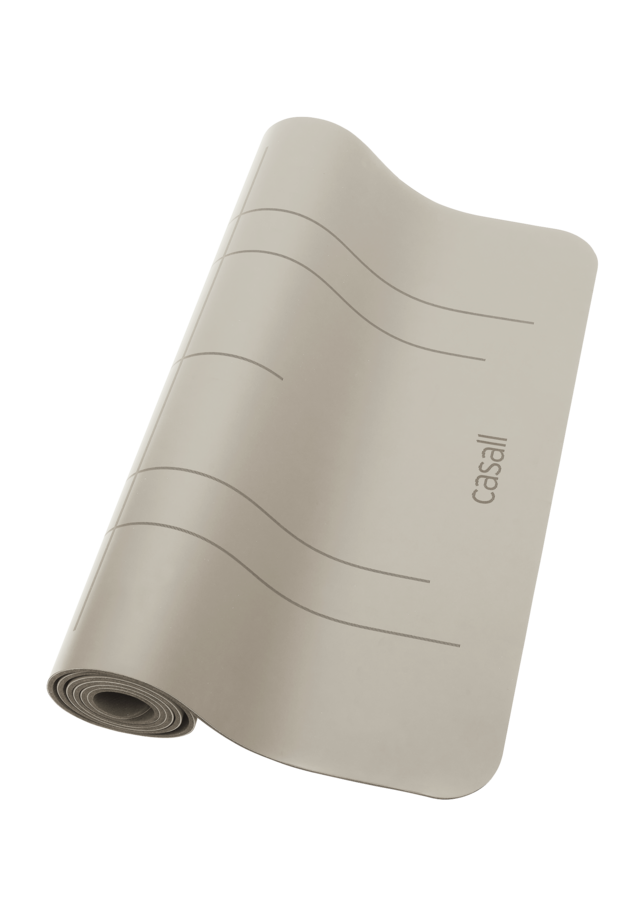CARE

CARE

One action we can take towards a sustainable future is to care for our products, extending their lifespan and reducing waste. By collectively choosing to care for what we have, we can make a significant difference.
CARE
In addition to the product-specific wash instructions found on the care label or packaging, we would like to provide some additional advice on how to care for your products, to make them last longer while being kinder to the environment.

Textiles
- To keep away bad odour – don’t let your workout gear lay around too long after sweaty workouts. Otherwise, sweat, skin oils, dirt, and bacteria, will penetrate the material and create an odour that eventually won’t go away even with washing, especially for polyester.
- Skip fabric softener – ideally, always, but especially for sportswear, as softener encapsulates the fibers and ruins the fabric's ability to transport moisture.
- The temperature shown at the care label is the highest recommended temperature to wash the garment in, which means you can wash it at a lower temperature and still get it clean with the help of great detergents available these days! However, from time to time it is recommended to wash at highest recommended temperature to get rid of some of the most persistent oils and bacteria which otherwise might stick around and lead to bad odour.
- Fill up the machine to 2/3 – means less tear on garments and fewer rounds for the machine in total. However, don’t overfill as it is the mechanical movement that takes out a lot of the dirt.
- Turn your clothes inside out before washing - this way you will keep the outer surface from the tear from the washing machine drum.
- Microfiber bag or filter – synthetic materials can emit micro plastics during wash that enters our waters through our washing machines. You can help minimize the emission of those by washing less, but when washing, using a microfiber bag or have a filter installed. The washing bag also helps protect the garments from the tear of the machine drum, which makes them lats longer.
- Close zippers, velcro and buckles – before wash.
- Avoid tumble dry – this wears out the garments and makes synthetic materials static. Air or line dry instead.
- Use a more sustainable detergent and don’t overdose.
- Don’t forget that wool, silk and other protein-based fibers are delicate and sensitive to normal washing detergents, makes sure you use a mild or neutral detergent to make the products last longer.
Washing Bag
Take care of your activewear and the environment with the help of the Guppyfriend laundry bag! When washing your clothes in the washing machine, the washing bag will help reduce wear and tear on your garments and prevent plastic microfibers from ending up in lakes and oceans through wastewater. It is made of monofilament that does not shed fibres. Manufactured in Europe.
Yoga mats
- Always let the mat air dry, either in the studio or at home.
- Clean your yoga mat after every session with a damp cloth and let air dry before rolling it up. Make sure to use cold water.
- If using cleaning spray, make sure it is intended for yoga mats and suitable for the type of mat you have. If your mat is made from natural rubber, you should usually avoid essential oils.
- Store the mat flat or rolled up (with the top side out) at room temperature.
- Keep away from the sun, especially important if your mat contains natural rubber, as that makes the rubber dry out quicker.
- Cleanse – if needed, every now and then, either using a cleaning agent intended for yoga mats suitable for the type of mat you have or mild natural water-based soap and cold water. Don’t apply the cleaning agent or soap directly to the mat. Apply evenly across the mat with a sponge, wipe off with a clean damp sponge or towel, and let air dry flat. Yoga Mat Grip&Cushion III 5mm is absorbing moisture, so be extra gentle with the amount of water used, try to use as little as possible.
- Don’t machine wash your mat.
- Use a towel on top of the mat for heavy perspiration, such as when practicing hot yoga.
- Don’t use shoes on your mat.
Yoga Mat Grip&
Cushion
This award-winning yoga mat provides excellent cushioning from the dense natural rubber base, offering superior stability and protecting your joints through your favourite poses. Made for all types of yoga, especially active kinds such as hatha, ashtanga, and vinyasa, the mat is designed with laser-cut lines for positioning guidance and extended measurements for extra space.

